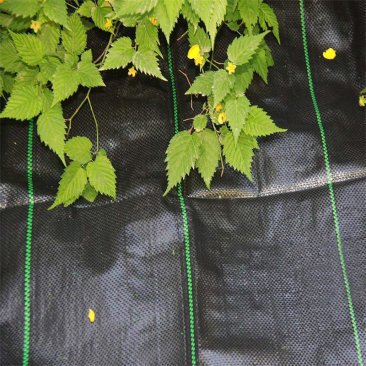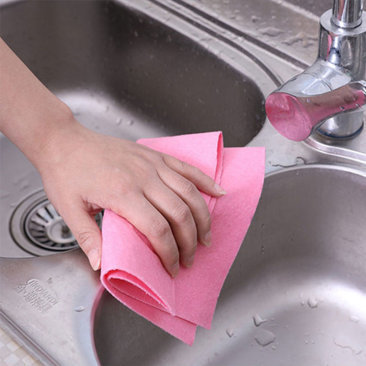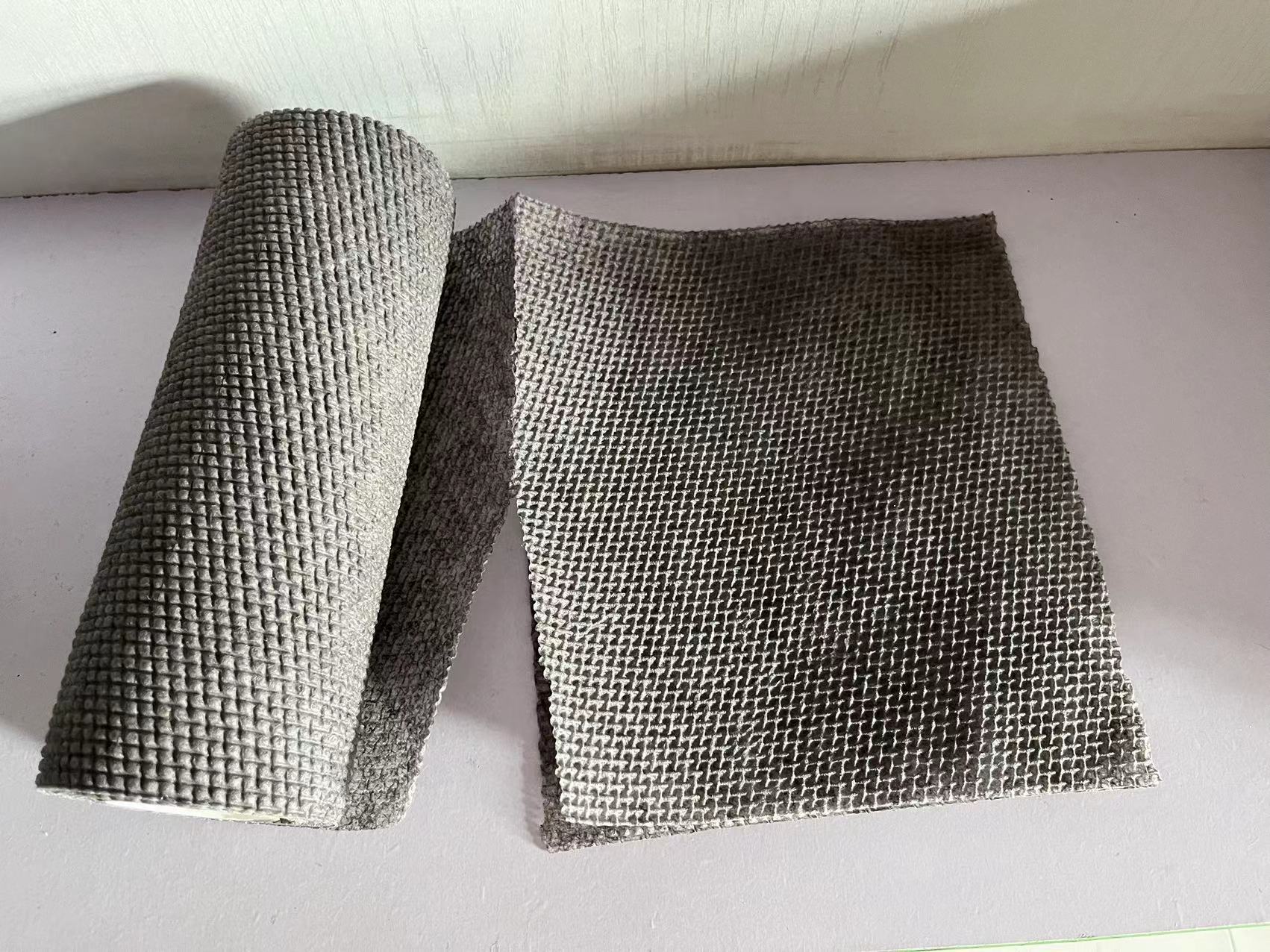16
2025
-
05
The Benefits of Using Geotextile Landscape Fabric in Erosion Control
The Benefits of Using Geotextile Landscape Fabric in Erosion Control Introduction to Erosion Control and Geotextile Landscape Fabric Erosion is a natural process that can lead to severe environmental issues, including loss of soil fertility, water pollution, and habitat destruction. As urban development increases, the risk of erosion becomes even more pronounced. One effective solution to combat t
The Benefits of Using Geotextile Landscape Fabric in Erosion Control
Introduction to Erosion Control and Geotextile Landscape Fabric
Erosion is a natural process that can lead to severe environmental issues, including loss of soil fertility, water pollution, and habitat destruction. As urban development increases, the risk of erosion becomes even more pronounced. One effective solution to combat this growing concern is the use of **geotextile landscape fabric**. This innovative material provides numerous benefits for erosion control, ensuring that landscapes maintain their integrity while promoting sustainable practices.
In this article, we will delve into the advantages of using geotextile landscape fabric for erosion control, its various applications, installation methods, and maintenance tips. By the end, you will have a comprehensive understanding of how this material can transform your landscaping projects.
Understanding Geotextile Landscape Fabric
What is Geotextile Landscape Fabric?
Geotextile landscape fabric is a permeable synthetic material designed to separate, filter, reinforce, protect, or drain soil. Made from polymer materials like polypropylene or polyester, it comes in different weights and thicknesses, making it suitable for various applications. Its primary function in erosion control is to stabilize soil, preventing it from washing away during heavy rains or flooding.
Types of Geotextile Fabrics
There are two main types of geotextile fabrics:
1. **Woven Geotextiles**: These fabrics are created by weaving together strands of material, resulting in a strong and durable product that provides excellent tensile strength. Woven geotextiles are ideal for applications requiring high load-bearing capabilities.
2. **Non-Woven Geotextiles**: Made by bonding fibers through heat, chemical, or mechanical means, non-woven geotextiles are highly permeable and flexible. They are commonly used for drainage and filtration purposes.
The Role of Geotextile Landscape Fabric in Erosion Control
Enhancing Soil Stability
One of the primary benefits of using geotextile landscape fabric is its ability to enhance soil stability. By providing a physical barrier, it helps to prevent soil particles from being washed away. This stabilization is crucial in areas with steep slopes or near water bodies, where erosion risks are heightened.
Filtering and Drainage Properties
Geotextile fabrics serve as efficient filters, allowing water to pass through while trapping soil particles. This filtration capability is essential for maintaining the integrity of the soil structure, ensuring that erosion does not lead to sedimentation in nearby waterways.
Reducing Water Runoff
By promoting proper drainage, geotextile landscape fabric helps to reduce water runoff, which is a significant contributor to erosion. When water is allowed to infiltrate the soil rather than flow over the surface, the risk of erosion is significantly lowered.
Applications of Geotextile Landscape Fabric in Erosion Control
Landscaping and Gardening
In landscaping projects, geotextile landscape fabric can be used to stabilize slopes, prevent weed growth, and maintain soil health. When placed under mulch or decorative stones, it acts as a barrier, ensuring that the underlying soil remains intact while allowing water and nutrients to reach the roots of plants.
Construction Sites
At construction sites, geotextile fabric is instrumental in controlling erosion during grading and excavation processes. By covering exposed soil, it minimizes the risk of erosion due to wind and rain, protecting the surrounding environment.
Waterways and Retention Ponds
Geotextile landscape fabric is often used in the construction of retention ponds and along riverbanks. It helps to stabilize the soil while providing a structure that supports vegetation growth, which further aids in erosion control.
Installation Best Practices for Geotextile Landscape Fabric
Site Preparation
Before installation, it is crucial to prepare the site adequately. Remove any debris, rocks, or vegetation that may hinder the fabric's effectiveness. Ensure that the soil is graded properly to facilitate drainage.
Correct Placement
When installing geotextile fabric, it should be laid flat without any wrinkles or folds. Overlap the edges of the fabric by several inches to prevent erosion at seams. Secure the fabric in place using stakes or anchor pins, especially on slopes.
Covering and Maintenance
Once installed, cover the geotextile fabric with soil, mulch, or gravel to provide additional protection against UV rays and physical damage. Regularly inspect the area for any signs of erosion or damage to the fabric, and make necessary repairs or replacements as needed.
Long-Term Benefits of Using Geotextile Landscape Fabric
Cost-Effectiveness
Investing in geotextile landscape fabric can save money in the long run. By preventing soil erosion and its associated costs, such as soil replacement and environmental restoration, this material proves to be a wise investment for landowners and developers alike.
Environmental Sustainability
Using geotextile fabric contributes to sustainable landscaping practices. By preventing erosion, it helps maintain soil health and supports the growth of vegetation, which is crucial for local ecosystems.
Increased Property Value
Well-maintained landscapes not only look attractive but also add value to a property. Using geotextile landscape fabric to control erosion ensures that your outdoor spaces remain functional and aesthetically pleasing.
Common Misconceptions About Geotextile Landscape Fabric
“Geotextile Fabrics Are Only for Construction Sites”
While geotextile fabrics are commonly used in construction, they are also highly beneficial for residential landscaping and agricultural applications. Anyone looking to prevent erosion can utilize these materials effectively.
“Geotextile Fabrics Are Difficult to Install”
On the contrary, with proper guidance and preparation, installing geotextile landscape fabric can be a straightforward process. Following best practices ensures effective erosion control without extensive labor.
Frequently Asked Questions (FAQs)
1. How long does geotextile landscape fabric last?
The lifespan of geotextile landscape fabric varies depending on environmental conditions and usage. Typically, high-quality fabrics can last for 5 to 10 years or more.
2. Can I use geotextile fabric in a wet environment?
Yes, geotextile landscape fabric is designed to handle moisture and drainage. It is especially effective in wet environments where erosion control is needed.
3. Is geotextile fabric biodegradable?
Most geotextile fabrics are made from synthetic materials, making them non-biodegradable. However, they are designed to withstand harsh conditions and have a long lifespan.
4. Can I plant directly on top of geotextile fabric?
While you can plant through geotextile fabric, it is recommended to cover it with soil or mulch to provide the necessary nutrients for plant growth.
5. Do I need to replace geotextile fabric after a certain period?
Regular inspections are essential. If you notice signs of wear, damage, or reduced effectiveness, it may be time to replace the fabric to ensure ongoing erosion control.
Conclusion
Incorporating geotextile landscape fabric into your erosion control strategies can significantly enhance the sustainability and aesthetics of your landscaping projects. With its ability to stabilize soil, filter water, and promote healthy vegetation growth, geotextile fabric is an invaluable tool for homeowners, landscapers, and construction professionals alike.
As we face increasing environmental challenges, embracing innovative solutions like geotextile landscape fabric will not only protect our landscapes but also contribute to a healthier ecosystem for future generations. By understanding its benefits and applications, we can make informed decisions that lead to more resilient and sustainable landscapes.
geotextile landscape fabric












